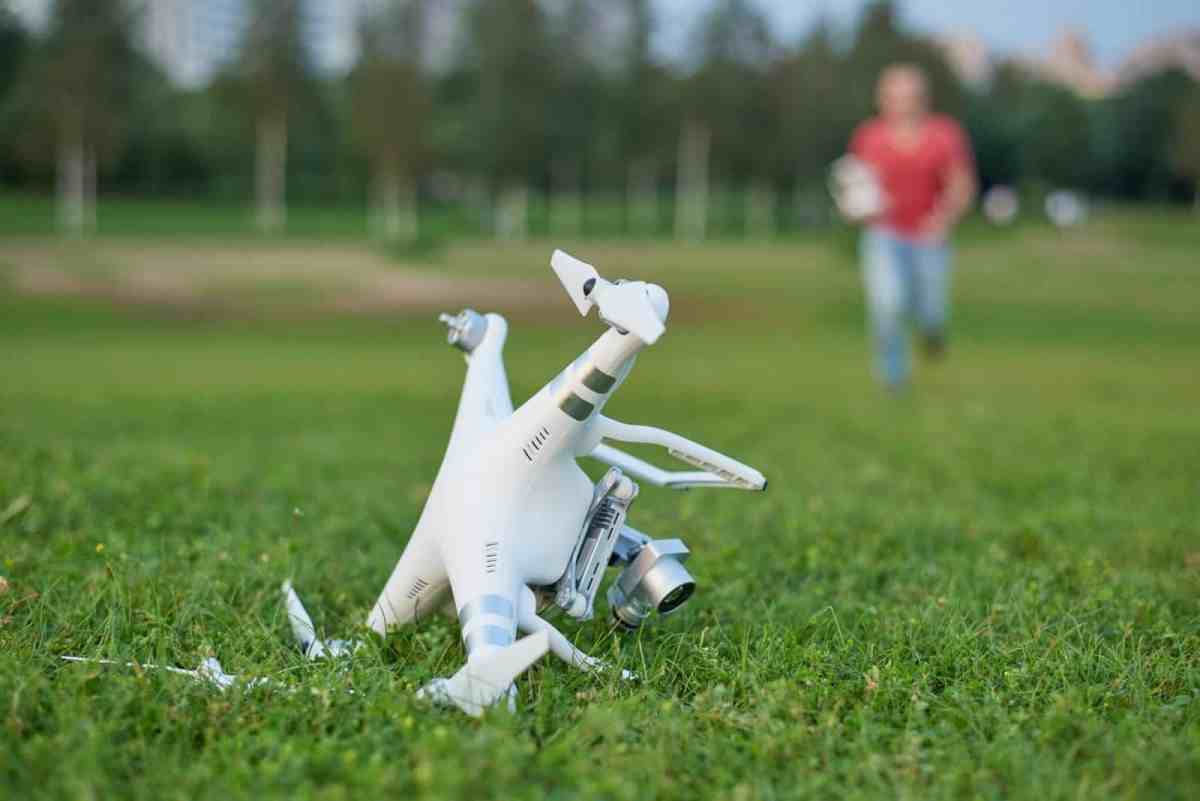Plane hit by drone – the chilling scenario is becoming increasingly real. This isn’t just a theoretical risk; incidents are happening, highlighting the urgent need to understand the dangers posed by drones to air travel. From the types of drones involved and the damage they inflict to the legal ramifications and preventative measures, we’ll explore this critical issue in detail.
Understanding the risks and solutions is crucial for ensuring safer skies.
This exploration delves into the various facets of drone-aircraft collisions. We’ll examine the different types of drones that pose a threat, analyzing their construction, flight characteristics, and the potential damage they can cause to different parts of an airplane. We’ll also look at preventative measures, legal frameworks, technological solutions, and the crucial role of public awareness in mitigating this emerging threat.
Drone Strikes on Aircraft: Understanding the Risks and Implementing Solutions: Plane Hit By Drone
The increasing prevalence of drones presents a significant threat to air safety. Collisions between aircraft and drones, even small ones, can cause substantial damage and endanger lives. This article explores the various aspects of this growing concern, from the types of drones involved and the resulting damage to preventative measures and legal considerations.
Types of Drones Involved in Aircraft Impacts
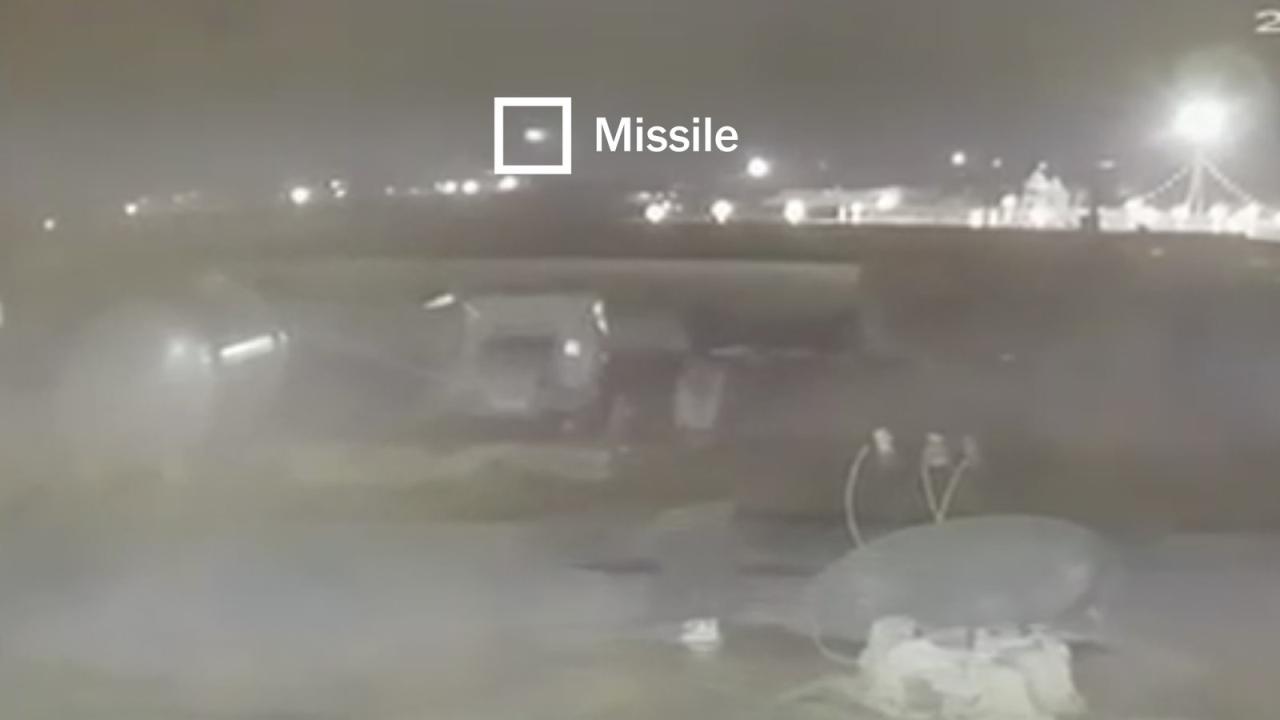
The potential for damage from a drone strike depends heavily on the drone’s size, design, and construction materials. Larger drones, particularly those carrying heavier payloads, pose a more significant threat. The materials used, such as carbon fiber or plastic, also affect the impact’s severity. Flight characteristics, such as speed and maneuverability, further influence the likelihood and impact of a collision.
- Small Consumer Drones: These lightweight drones, often made of plastic, can cause superficial damage, but at higher speeds, may still dent or puncture aircraft surfaces.
- Larger Commercial Drones: These drones, often constructed with stronger materials like carbon fiber, and capable of carrying heavier payloads, pose a significantly greater risk of causing severe damage, especially to critical aircraft components.
- Modified Drones: Drones modified for specific purposes (e.g., carrying explosives) present the most serious threat, potentially leading to catastrophic damage and loss of life.
Impact Locations and Damage Assessment
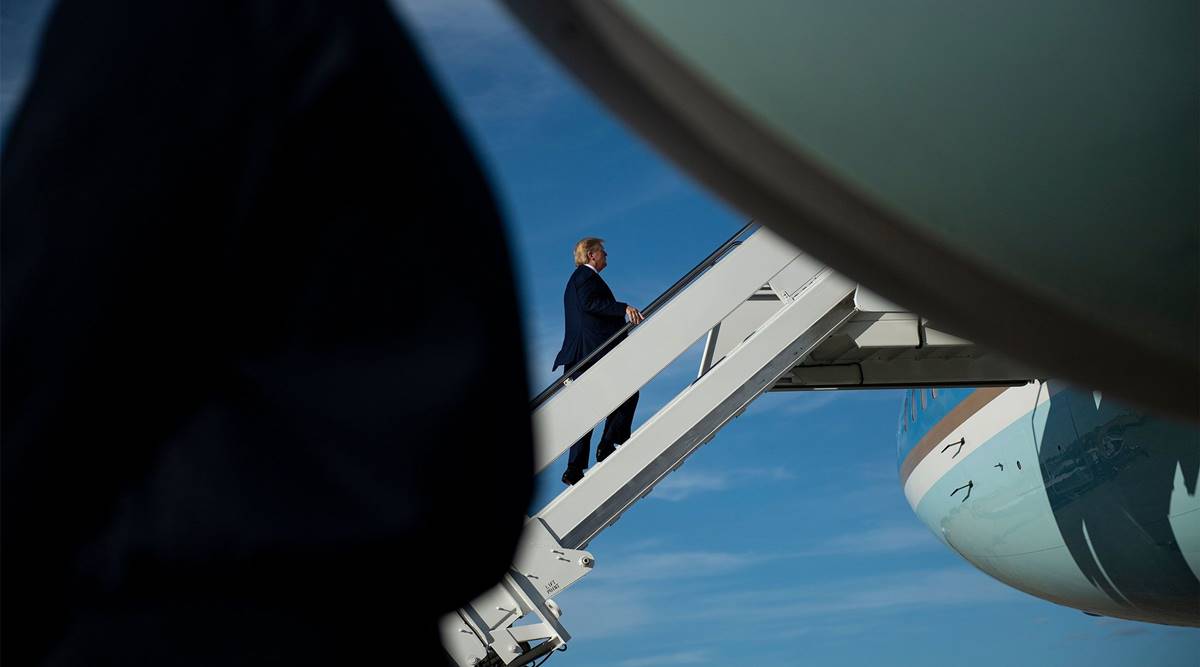
The location of a drone strike on an aircraft significantly impacts the severity of the damage. A collision with a wing, engine, or cockpit can have far more severe consequences than a strike on the fuselage. The speed and size of the drone are also critical factors.
| Drone Size | Impact Speed | Impact Location | Damage Severity |
|---|---|---|---|
| Small (under 250g) | Low (under 30 mph) | Fuselage | Minor dents or scratches |
| Medium (250g – 2kg) | Medium (30-60 mph) | Engine | Significant damage, potential engine failure |
| Large (over 2kg) | High (over 60 mph) | Wing | Severe damage, potential loss of control |
| Any size | Any speed | Cockpit | Critical damage, potentially fatal |
Real-world incidents have shown that even small drones can cause significant damage depending on the impact location and speed. For instance, a drone striking a cockpit window at high speed could cause catastrophic failure. A hypothetical scenario: A 1kg drone impacting the engine of a commercial airliner at 100mph could cause engine failure and require an emergency landing.
Safety and Prevention Measures
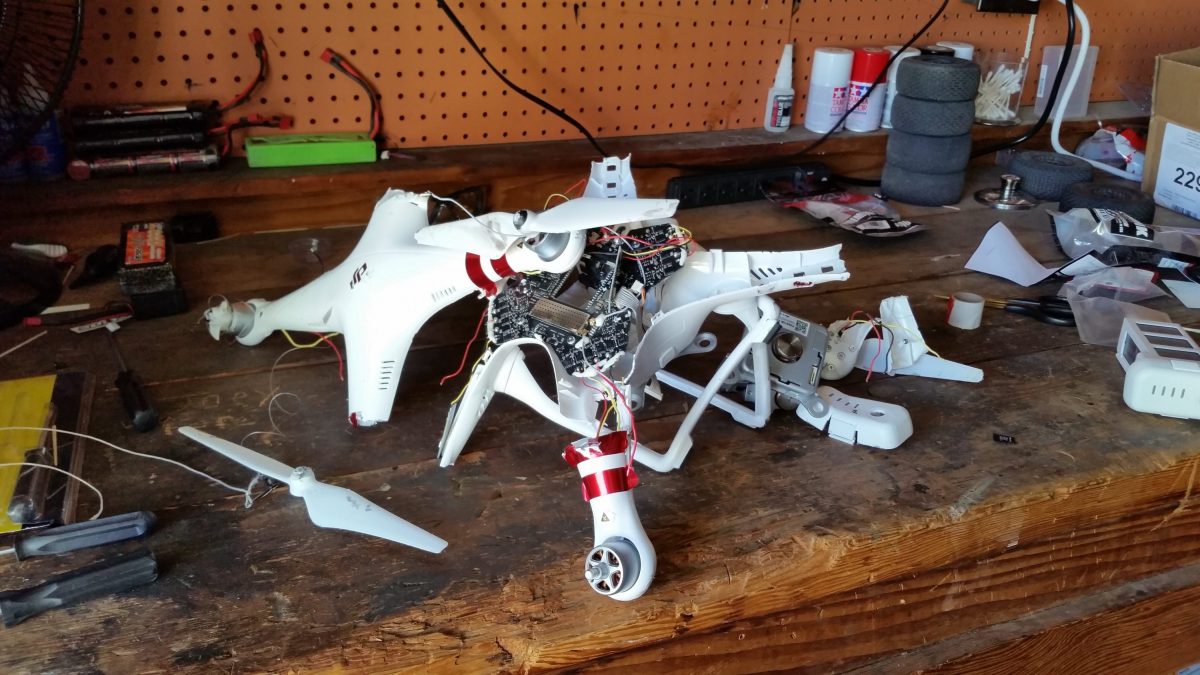
Preventing drone-related incidents requires a multi-faceted approach involving airports, airlines, air traffic control, and technological solutions. Improved drone registration and tracking systems are crucial for accountability and monitoring.
- Airport Security Enhancements: Increased surveillance, drone detection systems, and designated no-fly zones around airports.
- ATC Integration: Real-time drone tracking integrated into air traffic control systems to alert pilots and ground crews.
- Technological Solutions: Radar systems, visual detection cameras, and anti-drone technologies (jamming, netting).
- Improved Drone Registration: Mandatory registration and tracking of all drones, enabling identification and accountability.
Legal and Regulatory Aspects, Plane hit by drone
Strict regulations regarding drone operation near airports are essential to deter irresponsible behavior. Legal liabilities for drone operators involved in aircraft incidents need to be clearly defined and enforced.
- No-Fly Zones: Clearly defined no-fly zones around airports with significant penalties for violations.
- Liability Frameworks: Establishing clear legal frameworks for determining liability in case of drone-related accidents.
- Penalties for Violations: Substantial fines and potential imprisonment for reckless or intentional drone operation near airports.
- International Harmonization: Collaboration between countries to establish consistent and effective regulations for drone use.
Technological Countermeasures
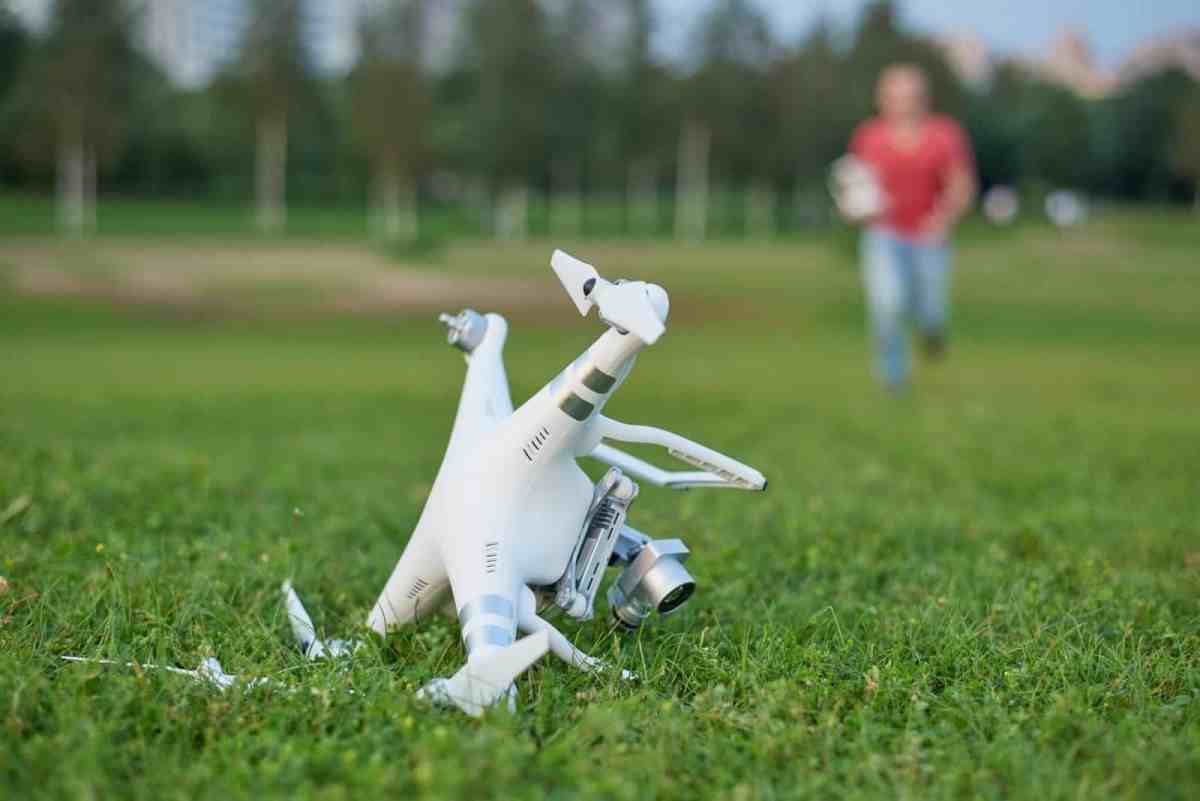
Advanced technology plays a crucial role in detecting and neutralizing drones near airports. This includes a combination of detection systems and countermeasures.
Ever heard of a plane getting hit by a drone? It’s a growing concern, especially with larger aircraft. Think about the potential damage to something like a scooper plane , which is already a complex piece of machinery designed for firefighting. A drone strike could easily disrupt crucial wildfire suppression efforts, highlighting the need for stricter drone regulations around airports and sensitive areas.
- Drone Detection Systems: Radar, acoustic sensors, optical cameras, and AI-powered systems for identifying and tracking drones.
- Anti-Drone Technologies: Jamming systems to disrupt drone communication, net systems to physically capture drones, and directed energy weapons for disabling drones.
- Signal Disruption: Techniques to disrupt GPS signals, communication links, and control signals to prevent drone operation.
- Integrated Systems: Developing integrated systems combining detection, identification, and neutralization capabilities.
Public Awareness and Education
A comprehensive public awareness campaign is vital to educate the public about the dangers of irresponsible drone operation. This requires clear communication and readily available educational materials.
- Public Awareness Campaigns: Targeted campaigns using various media platforms (TV, radio, social media) to educate the public.
- Educational Materials: Brochures, videos, and online resources explaining safe drone operation practices and legal restrictions.
- Key Messages: Simple, clear messages emphasizing the potential consequences of unsafe drone operation near airports.
- Success Stories: Highlighting successful public awareness campaigns and their impact on reducing drone-related incidents.
Final Summary
The increasing frequency of near-misses and actual incidents involving drones and airplanes underscores the critical need for comprehensive solutions. From technological advancements in drone detection and neutralization to stricter regulations and heightened public awareness, a multi-pronged approach is essential. Only through a collaborative effort involving governments, aviation authorities, drone manufacturers, and the public can we effectively minimize the risk of future incidents and ensure the safety of air travel.
Popular Questions
What is the likelihood of a drone causing a major plane crash?
So, a drone hitting a plane? That’s a serious safety hazard. The impact could cause all sorts of problems, potentially leading to a fire – and that brings to mind the dangers highlighted in this article about la fire from plane , which shows how quickly things can escalate. Understanding the risks of both drone strikes and in-flight fires is crucial for improving aviation safety.
Ultimately, preventing plane collisions with drones is key to preventing disastrous consequences.
While unlikely to cause a major crash, the potential for significant damage and disruption is real. The risk increases with larger drones and higher speeds.
So, a drone hit a plane, right? Crazy stuff. It makes you think about drone safety and regulations. To build your own drones safely and responsibly, check out the awesome resources and kits available from kit karzen. Learning about drone construction can help you understand how to avoid incidents like a plane being hit by a drone, plus you might even learn how to make one yourself safely.
Can drones be tracked easily?
Tracking depends on the drone. Many hobbyist drones lack robust tracking, but advanced models and commercial drones often have GPS capabilities that aid in tracking.
What are the penalties for flying a drone near an airport?
Penalties vary by country and jurisdiction but can include hefty fines, imprisonment, and the confiscation of the drone.
How are airports currently trying to prevent drone strikes?
Airports use a combination of radar systems, visual surveillance, and anti-drone technologies like jamming and netting.
